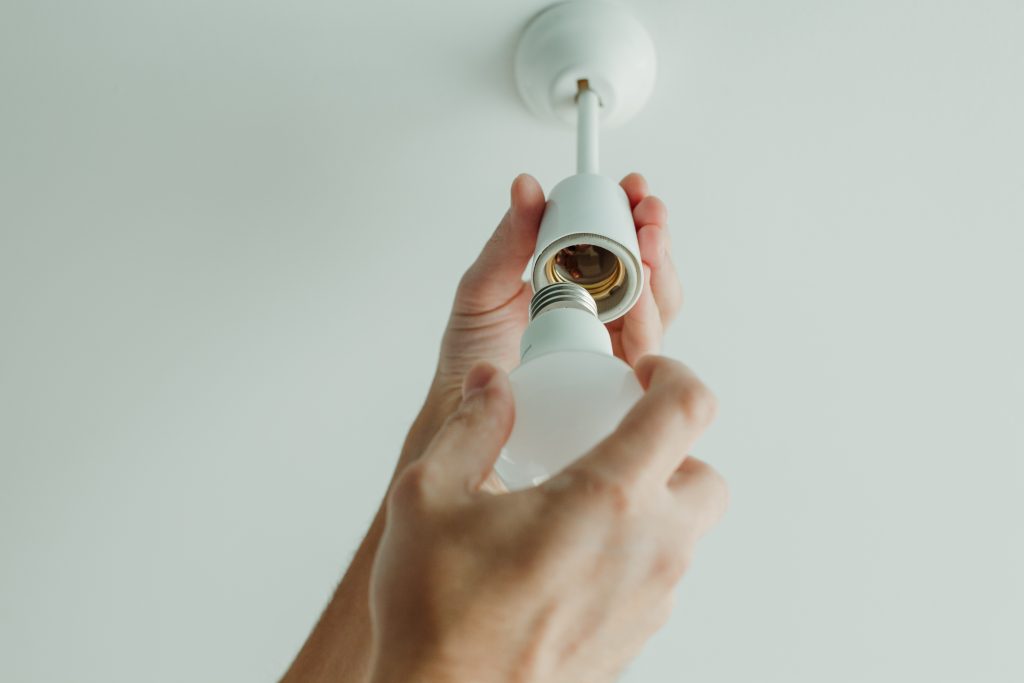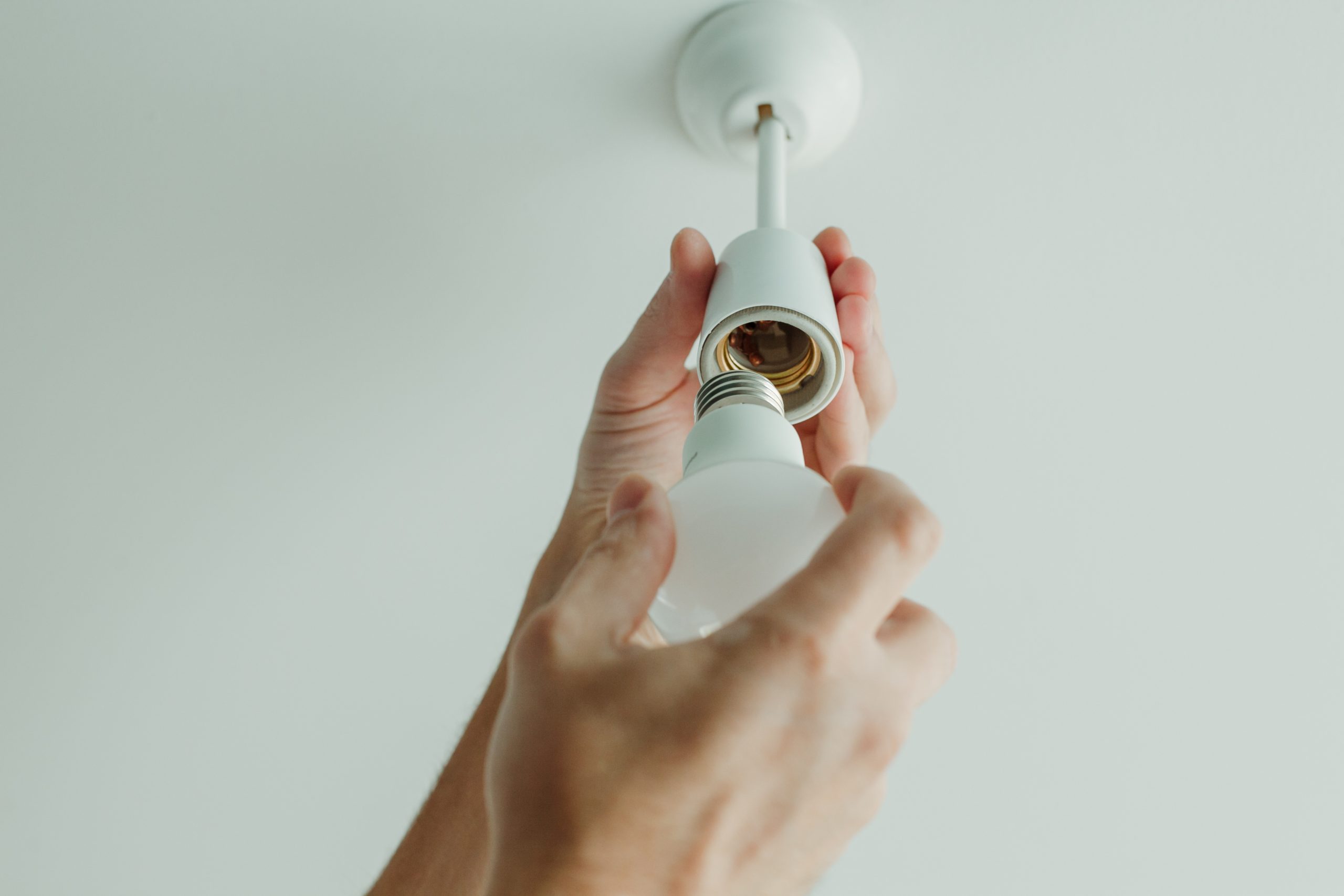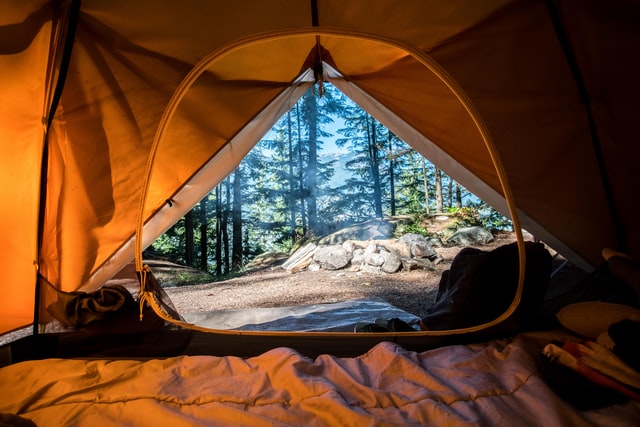
Many households today are spending so much more energy than they’ve been doing so in the past. This fact is an inherent change brought about by the coming in of more and more advancements in technology. When it comes to your home life, however, it’s often difficult turn a blind eye on using those technological advancements to your advantage. Not only do they make running your household easier, but you can be more efficient and productive with your time as well.
But, this comes with a caveat. The more you depend on these gifts of technology, it also means that your energy consumption will soar. The two greatest effects have to do with burning a hole in your monthly budget, and becoming less environmentally-friendly at all. When your finances and sustainability seem out of control, then it’s time to create changes in the way you manage and operate your household.
To help you get started, here are seven energy-saving changes you can implement in your household:
- Switch To Renewable Energy Sources
If your home still greatly relies on non-renewable sources, then it’s about time to invest in switching to non-renewable energy sources from your reliable Texas solar energy company, or any company where you’re from. You can opt for what’s strongest and best where you are, but in places where you’ve got abundant sunlight, you can’t go wrong with solar energy.
Doing so may mean quite an expense at the moment, but in the long run, you’re saving so much when you no longer have to pay for your usual utility bill. Especially if you know that in your household, you use up a lot of energy-using appliances and other gadgets, then this is a worth-it change to have.
There are many benefits of switching to renewable energy sources for your household, and these include:
- It’s an affordable way to manage your household. When you think about the present, it’ll cause you money to have solar energy installed. But, in the long run, when you think about how you no longer have to pay for your energy bill (or perhaps only the minimum), then you’ve just found one of the most cost-efficient and affordable ways of managing your household.
- It increases your home’s value. Given that so many homeowners today prefer homes that are solar-powered, because your home is now one of those, its value will significantly increase. This is a big advantage for you should you decide to one day, sell your home.
- It doesn’t succumb to power interruptions. If you live in an area where power interruptions are getting more frequent, then you know how much of a pain in the neck that can be.
Especially as of late when working from home and homeschooling children is the norm, you’ll want to keep your home protected from power interruptions, as much as you can. Because you’re no longer relying on the conventional energy grid, you’re not dependent on those energy companies should they have to shut off energy supply for the day for scheduled and emergency repairs.
- Replace Your Lightbulbs
If you haven’t already, then every time a light bulb no longer functions, change it to more energy-efficient, LED options. Off the shelf, these energy-efficient light bulbs are going to cost you more. But, they last longer and also consume lesser energy. So the long-term savings will definitely make that initial expense worth it.
Three of the most common examples of energy-efficient light bulbs include:
- Halogen incandescent bulbs;
- Light-emitting diode bulbs (LED);
- Compact fluorescent lights (CFLs).
- Turn Your Refrigerator Down
Particularly if you’ve got a big fridge, this can also mean higher consumption of energy. You can make your fridge and freezer consume less energy by keeping the temperature at its optimal levels. This means keeping the freezer on 3 degrees F and setting your fridge to 37 degrees F.
Along this line, there are also other ways by which you can keep your fridge’s energy consumption down. Some of these tips include:
- Replace the door’s rubber seal. As your refrigerator gets older, the rubber seal will also start to wear off. This rubber seal plays a very important role in preventing unwanted air to seep in and out of the fridge. As this rubber seal wears down, your fridge will have to work harder to keep the temperature at optimum levels. This can increase your fridge’s energy consumption, and also lower your fridge’s lifespan.
- Clean up the condenser coils. Another commonly neglected part of your fridge are the condenser coils. These play a very important role, as it removes warmth from your fridge. Once it gets dusty, however, it can’t function as efficiently as it should, also resulting in increased energy consumption.
- Keep the doors closed. This may seem like an obvious tip, but especially when you’ve got kids at home, you may not be aware of how often you close and open the fridge doors. Every time you open your fridge door, cold air goes out and hot air comes in. Once you close the door, your fridge will have to use up more energy for it to keep it’s required and intended temperature.
Be strategic about every time you open your fridge door. This means getting all that you need for preparing the meals all at once, so you won’t have to keep opening it as frequently.
- Seal All Your Windows
When was the last time you thought about keeping your windows well-sealed? Over time, your windows’ condition may deteriorate as well. This deterioration has to do with the quality of the window’s sealing.
It’s important to keep the window’s sealing in good working condition, so it can trap the heat or cool air coming from your HVAC system. Otherwise, if the air on the inside mixes with the outside hair through the gaps, then your HVAC system will need to run itself stronger just to keep the temperature in what you’ve set it to do.
An inexpensive way to seal your windows is to consider weatherstripping it. It’s as simple as adding silicone caulk over any gaps and holes, so as to keep these sealed and closed.
- Install A Smart Thermostat
You don’t need to keep your air conditioner or heaters running in the exact same temperature as when you’re at home and when you’re out in the office, for instance.
Whenever you go out, make it a point to lower the temperature, as there isn’t anyone left at home anyway. If you can’t remember doing this all by yourself, you can now opt to have a smart or programmable thermostat installed. This automatically remember to alter the temperature or to turn it off, whenever you leave your home.
With your smart or programmable thermostat, you’re able to strategically eliminate energy wastage, particularly when you aren’t even at home.
- Do Full Loads
When it comes to your washing machine and dryer, another way to reduce energy consumption is to do full loads. This means not running both machines until they’re full. By doing so, you’re able to maximize the energy that both your washing machine and dryer will consume, just to get it running.
Apart from doing full loads, here are other sneaky ways on how you can reduce the energy consumption of your dishwasher and washing machine:
- Air dry dishes and clothes. If the weather permits it, it’s more energy-efficient to open your kitchen windows to let more air in and allow your dishes to air dry. As for your clothes, use the dryer less frequently and hang them on the clothes line to air dry after washing as well.
Air is a natural resource and won’t cause you anything to air dry, rather than run the machines longer to use their drying functions.
- Consider upgrading to newer models. If you’ve still got an old model at home, then it’s a good investment as well to upgrade to a newer model. Many new models of dishwashers and washing machines have energy-efficient features that reduce energy usage each time you run a load.
- Unplug Appliances When Not In Use
If there are appliances that aren’t in use, then tuck them away and unplug them. The same holds true for cellphone and other gadget chargers. Any device that’s plugged in but not in use are also referred to as energy vampires. You may not be aware of it, but those devices that are plugged and not even in use can be consuming energy. It may not make so much of an effect for a single device, but when taken collectively, it does have an impact.
Conclusion
As you can see, there are so many ways for you to implement energy-efficient changes in your home. These range from simple changes in your habit and behavior, to extensive but long-term changes and investments for your home. Whatever changes you decide to implement in your home, it all leads to one effect: saving money on your electricity bill. You don’t have to hurt your monthly budget by paying way more than you ought to, when you know of many ways to lower your energy consumption. Take it one change at a time, and soon enough, you’ll notice the difference when your bill comes out smaller as well.




